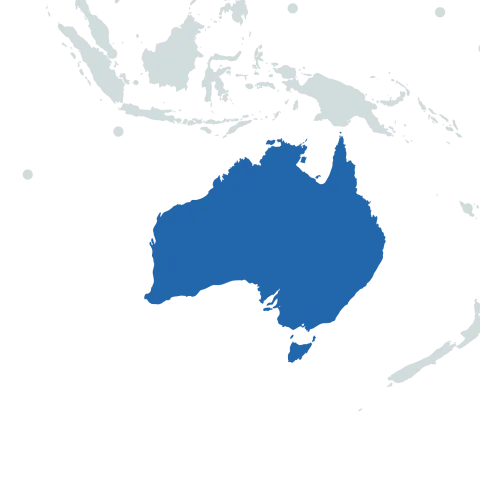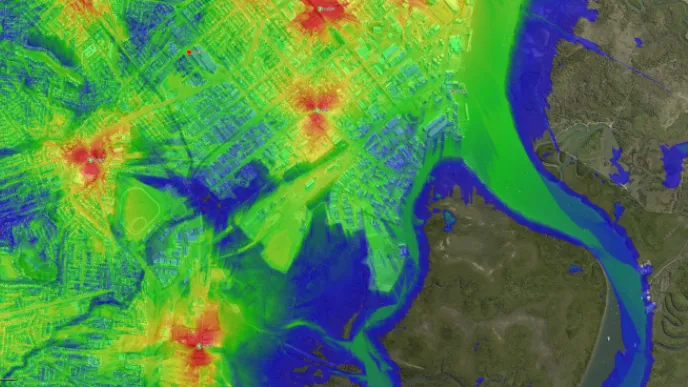Australia's technology landscape is shaped by its unique geographical spread and population distribution. Its expansive landmass—second only to Russia among countries without land borders—presents significant challenges for telecommunications infrastructure. Most of the population clusters along the eastern seaboard, leaving vast rural and regional areas sparsely populated. This has compelled extensive usage of satellite technology to bridge the digital divide, evident in initiatives such as the NBN's Sky Muster satellites, and widespread adoption of Starlink. Despite these challenges, Australia has remained an early adopter of technology. The city-state of Canberra has also emerged as a prominent tech hub, fostering a symbiotic relationship with the nation's political decision-making centre. This dual focus on overcoming geographical hurdles and fostering innovation defines Australia’s technology landscape.

Pagination
Wireless Spectrum Bands
There are 24 bands of spectrum suitable for wireless data technologies recorded in our database for this country.
| Name | Band | Min. Frequency | Max. Frequency |
|---|---|---|---|
| AU 14.5-15.35 GHz (RALI FX) | 15 GHz | 14500 MHz | 15350 MHz |
| AU 17.7-19.7 GHz (RALI FX) | 18 GHz | 17700 MHz | 19700 MHz |
| AU 21.2-23.6 GHz (RALI FX) | 22 GHz | 21200 MHz | 23600 MHz |
| AU 24.0-24.25 GHz | 24 GHz | 24000 MHz | 24250 MHz |
| AU 37-39.5 GHz (RALI FX) | 38 GHz | 37000 MHz | 39500 MHz |
| AU 57.0-71.0 GHz | 61 GHz, 60-80 GHz | 57000 MHz | 71000 MHz |
| AU 57.1-58.9 GHz (RALI FX) | 60-80 GHz | 57100 MHz | 58900 MHz |
| AU 71.125-75.875 GHz (RALI FX) | 60-80 GHz | 71125 MHz | 75878 MHz |
| AU 81.00-86.00 GHz (RALI FX) | 60-80 GHz | 81000 MHz | 86000 MHz |
